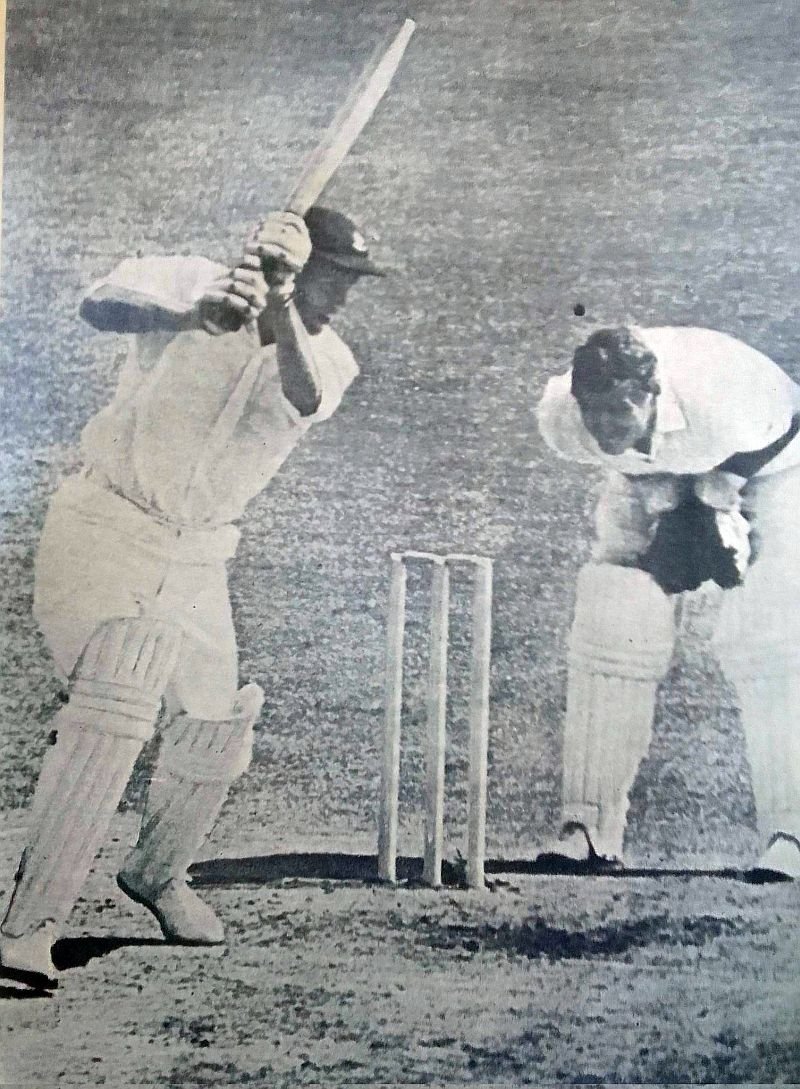Graeme Pollock monopolized a faltering innings with such a brilliant array of strokes that whether he is another Woolley, whether this particular innings was comparable to Stan McCabe’s, or any others, are irrelevant issues. The fact is, few centuries have ever been better. Its place in history is assured. but I, for one, must bear in mind the opposition. England’s bowling is weak. Are truly great innings played against moderate bowlers? One can argue that Pollock could do no more than hit the bowling of the opposing team, and this he did with unforgettable power, beauty, and savagery.
For a man of 6 feet. 2 inches., he is quick on his feet as a ballet dancer. His balance is perfection. And if there is a secret that makes him better than the best, it is probably the supreme gift of being able to see the ball fractionally earlier than most. The darlings of cricket share the gift! Graeme Pollock gets into position to strike the ball that much earlier. Anything pitched up is driven with exquisite timing. Another shot is hooked, pulled, or cut with equal strength. There is not a shot he cannot play, and once he has gauged the pace of the pitch, he will dictate to the bowlers. The bowlers can only pray to contain him.
Having seen all the contemporary genius in action in varied conditions, I would rate Graeme Pollock with Rohan Kanhai, Gary Sobers of the West Indies, and Ted Dexter of England. Though perhaps many in India will find it difficult to believe, Cowdrey can, if in the mood, enter this company.
Read More: Graeme Pollock: A Premature End?
